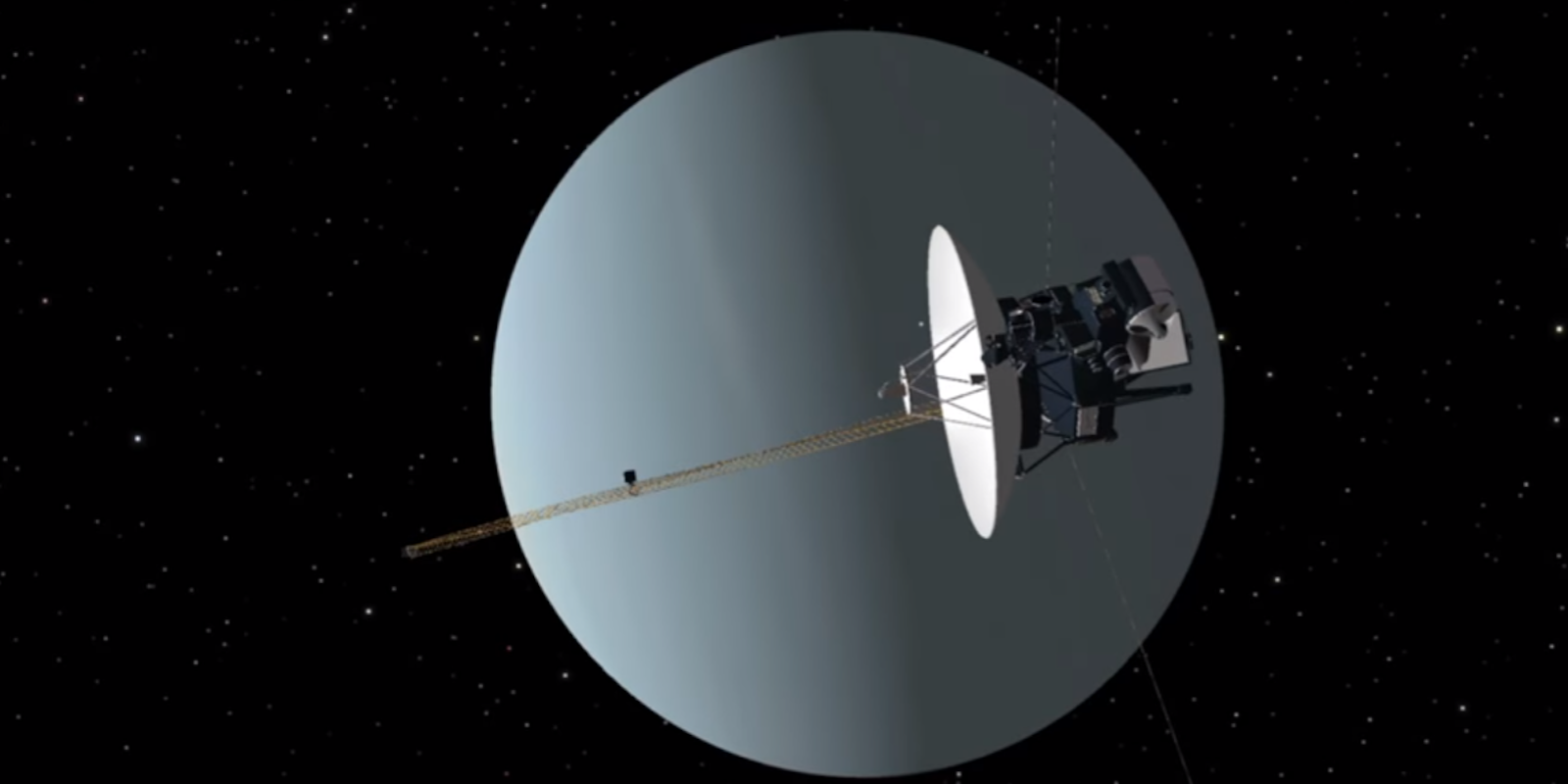NASA launched the Voyager 1 space probe in 1977, and it remains the craft that’s traveled furthest from Earth in human history. It’s currently more than 11.7 billion miles away, past the heliopause to the point that it can observe the solar system from the outside. And yet, when scientists at the NASA Jet Propulsion Laboratory decided to try firing up its old thrusters last week, they still worked.
It had been 37 years since they’d last been turned on, so this definitely speaks to durability and longevity of design. According to Suzanne Dodd, NASA’s program manager for Voyager, the fact that the thrusters still worked after more than three decades will allow the probe’s mission to be extended out years longer than previously anticipated.
“With these thrusters that are still functional after 37 years without use, we will be able to extend the life of the Voyager 1 spacecraft by two to three years,” she said in a statement released by NASA.
How astounding! After 37 years without use, a set of thrusters aboard the @NASAVoyager 1 spacecraft successfully fired up. This is especially incredible because Voyager 1 is the only human-made object in interstellar space. See why the thrusters were fired https://t.co/G8yWtDlpRB pic.twitter.com/xZNRGJn1Ze
— Thomas Zurbuchen (@Dr_ThomasZ) December 1, 2017
According to NASA’s press release regarding this unexpected accomplishment, Jet Propulsion Laboratory engineer Todd Barber described the mood when the long-dormant thrusters successfully turned on as one of “joy” and surprise.
“The Voyager team got more excited each time with each milestone in the thruster test,” Barber said. “The mood was one of relief, joy, and incredulity after witnessing these well-rested thrusters pick up the baton as if no time had passed at all.”
Voyager 1 was launched on Sept. 5, 1977. It was actually the second Voyager probe to be launched, following the Voyager 2 on Aug. 20th, 1977. Over the next few years it completed fly-bys of Jupiter, Saturn, and Titan—Saturn’s largest moon.
The thrusters are an essential component to maintain the probe’s communications, as they’re used to reorient the direction of its antennae back toward the Earth. In other words, NASA just bought itself a few more years of life out of Voyager 1, after which it’ll be left to wander the cosmos all by itself.


